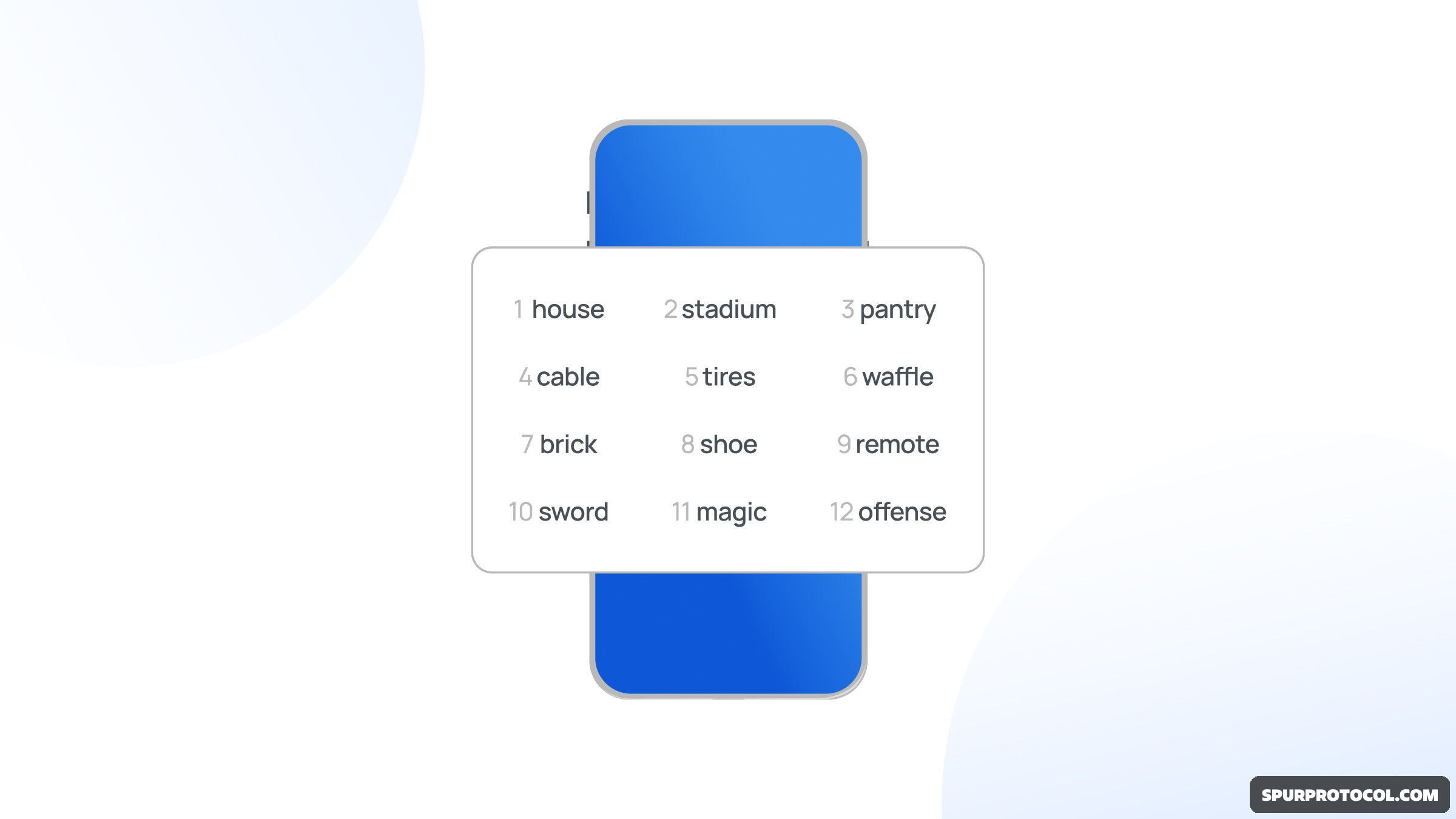Today, it’s much easier to manage accounts and the crypto inside them than ever before. But to get here in the first place, there have been a few key innovations pushing the industry forward.
One such innovation is the seed phrase. If you’re new to the crypto scene, you could be forgiven for assuming your seed phrase was always a part of setting up a wallet. But in fact, that’s not the case. So why they were introduced?
Well, before seed phrases existed, handling multiple crypto accounts across various networks could be quite a stressful experience. Blockchain tech wasn’t exactly user-friendly back then. That’s the problem that Bitcoin Improvement Proposal 39 (BIP-39) aimed to solve. In short, it proposed a way to allow anyone to recover their entire wallet with just one mnemonic. But what is a mnemonic and what is it for?
Before we dive into those details, let’s first address what BIP-39 is and why it was proposed in the first place.
The Origin of Your Seed Phrase: What is the BIP-39 Standard?
BIP-39 was proposed by Marek Palatinus, Pavol Rusnak, Aaron Voisine, and Sean Bowe in 2013. The aim was to further improve the user-friendliness of hierarchical deterministic (HD) wallets proposed in BIP-32. In short, it introduced a way to recover your wallet and all of its accounts using humanly readable mnemonic, rather than a long string of characters.
But why was it necessary? Let’s take a look at the problem it aimed to solve.
Why was BIP-39 introduced?
HD wallets, introduced in BIP-32, removed the need to record each public and private key. This was a huge leap forward in making the management of cryptocurrencies easier. With HD wallets, it’s easy to recover a near-infinite number of accounts with a single master private key. Plus, since BIP-39 introduced a universal standard, any HD wallet will allow you to restore your accounts. This makes it easy to manage multiple accounts and switch wallet providers with ease.
While BIP-32 made managing wallets easier, HD wallets still posed an issue: they required you to record the private key at the top of the hierarchical structure, also known as the master private key (xPRIV).
To clarify, private and public keys are a mix of letters and numbers, and they are case sensitive too. the sheer length of the number makes it easy to get wrong, and just one simple mistake could keep you from being able to recover your funds. Simply, a private key is not easy for a human to read and that often leads to sloppy mistakes.
With so much value on the line, crypto wallets must move forward to help users manage their assets effectively. And that’s exactly what BIP-39 did: introduce a way to restore your accounts using something more humanly readable than a private key.
But how does it work exactly?
How does BIP-39 work?
Bip-39 introduced a way to back up your wallet using a mnemonic rather than a long and complicated master private key. Essentially it’s a standardized method that translates the entropy, the code your private keys are made from, into human-readable words.
To explain, when a BIP-39 compatible wallet is set up, it generates a long random number called the entropy. The entropy is in binary form, meaning it is a long string of 0s and 1s. Recording this string is even more complicated than just a private key, thus BIP-39 established a standardized way to translate that binary code into a phrase that’s more humanly readable.
The format they decided on was a string of 12-24 English words. This phrase is simply a translation of the entropy into a readable format, but it contains the same information. For example, if the entropy is 128 bits long, then it would include 12 words and if the entropy is 256 bits long, it would include 24 words instead.
Once translated, the entropy becomes a mnemonic: a series of words. However, in the crypto world, this is more often referred to as a secret recovery phrase or seed phrase.

